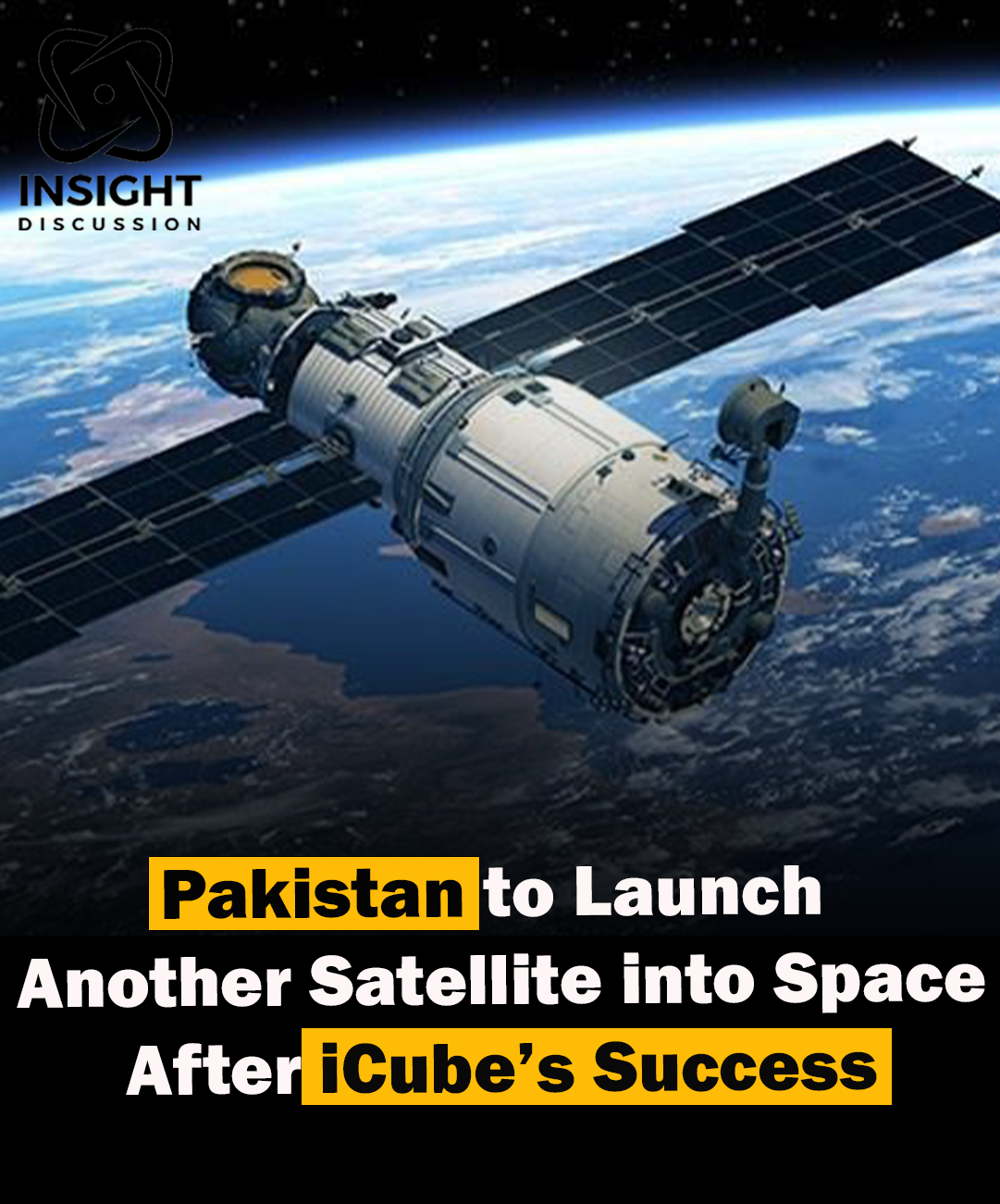Turkey has made a significant leap in its space capabilities with the successful launch of its first domestically-produced communications satellite, Turksat 6A. This historic event took place early Tuesday, with the satellite being launched into orbit via a SpaceX Falcon 9 rocket from Cape Canaveral Space Force Station in Florida, USA. The milestone has been hailed by President Tayyip Erdogan as marking a “new phase” in Turkey’s satellite capabilities, signifying a major advancement in the country’s space ambitions and technological prowess.
The Turksat 6A project, a culmination of over a decade of dedicated efforts, represents a significant achievement in Turkey’s journey towards self-reliance in space technology. Developed with over 81% national input, the satellite stands as a testament to the country’s commitment to building and enhancing its indigenous capabilities in the aerospace sector. Minister Abdulkadir Uraloglu highlighted the extensive national involvement in the project, underscoring the importance of domestic production and technological advancement in achieving Turkey’s strategic objectives in space.
The development of Turksat 6A was spearheaded by the Turkish Aerospace Industries (TAI) and involved collaboration with several Turkish institutions and companies. This collaborative effort not only showcases Turkey’s ability to innovate and produce high-tech solutions but also strengthens the country’s industrial base, fostering growth and development in the aerospace sector. The satellite’s successful launch and deployment mark a significant step forward in Turkey’s goal to establish itself as a formidable player in the global space industry.
Turksat 6A is designed to enhance Turkey’s satellite coverage and communication capabilities, providing services that will benefit up to 5 billion people across various regions, including India and Indonesia. The satellite’s advanced technology and wide coverage area will significantly improve communication infrastructure, offering better connectivity and services to a vast population. This enhancement in satellite coverage is expected to have far-reaching impacts, not only for Turkey but also for the broader region, contributing to economic growth, technological development, and improved quality of life.
The successful launch of Turksat 6A is a clear demonstration of Turkey’s growing capabilities in space technology and its commitment to advancing its space program. The satellite will play a crucial role in various sectors, including telecommunications, broadcasting, and internet services, thereby enhancing the country’s overall communication infrastructure. Additionally, the satellite’s capabilities will support critical applications such as disaster management, environmental monitoring, and national security, providing valuable data and services to support these essential functions.
President Erdogan’s emphasis on this milestone marking a “new phase” in Turkey’s satellite capabilities reflects the strategic importance of space technology in the country’s vision for the future. By developing and launching its own satellites, Turkey aims to reduce its dependency on foreign technology and enhance its sovereignty in the space domain. This achievement is part of a broader strategy to position Turkey as a leading nation in space exploration and technology, aligned with the country’s ambitious goals under its National Space Program.
The successful deployment of Turksat 6A is expected to pave the way for further advancements in Turkey’s space program. The experience and knowledge gained from this project will be invaluable for future satellite missions and the development of more sophisticated space technologies. Turkey’s investment in space technology is also likely to spur innovation and growth in related industries, creating new opportunities for research, development, and employment within the country.
Moreover, the launch of Turksat 6A underscores the importance of international collaboration in achieving significant milestones in space exploration. The use of SpaceX’s Falcon 9 rocket for the launch highlights the collaborative efforts between Turkey and global space industry leaders. Such partnerships are crucial for sharing knowledge, expertise, and resources, enabling countries to achieve their space ambitions more effectively and efficiently.
Looking ahead, Turkey’s focus on expanding its satellite capabilities is expected to continue, with plans for additional satellite launches and the development of new space technologies. The successful launch of Turksat 6A serves as a strong foundation for these future endeavors, demonstrating Turkey’s ability to execute complex space missions and contribute to the global space community. As Turkey continues to invest in its space program, it aims to achieve greater autonomy in space technology and play a more prominent role in international space exploration efforts.
In conclusion, the successful launch of Turkey’s first domestically-produced communications satellite, Turksat 6A, marks a significant milestone in the country’s space capabilities. This achievement reflects Turkey’s commitment to advancing its technological prowess and reducing its dependency on foreign technology. The satellite’s enhanced coverage and communication capabilities are expected to benefit millions of people across various regions, contributing to economic growth and improved connectivity. As Turkey continues to invest in its space program, the experience gained from the Turksat 6A project will pave the way for future advancements, positioning Turkey as a key player in the global space industry.




